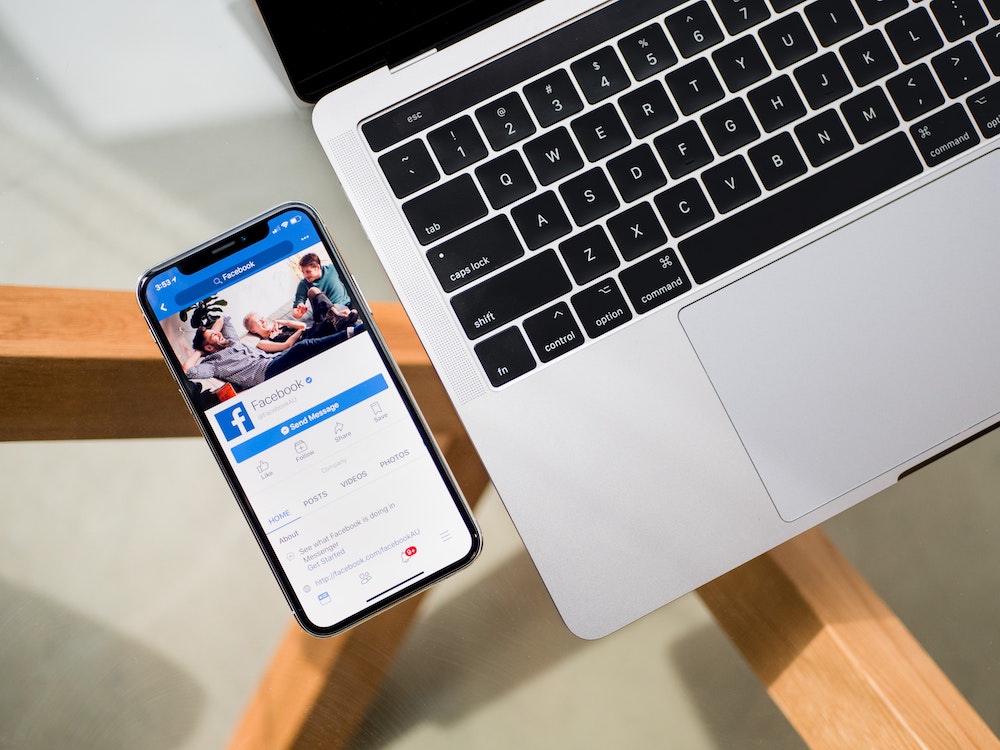24 brand image survey questions for real insights

Find out what consumers really think of your brand with these 24 brand image survey questions. Get the data you need to make smart decisions for your brand.
Looking for the right questions to understand how consumers truly perceive your brand?
We’ve compiled 24 powerful brand image survey questions across four key categories—cognitive associations, emotional connections, language, and customer actions—to help you get actionable insights about your brand’s reputation. You’ll get:
- 12 cognitive questions to uncover what concepts people associate with your brand
- 5 emotional questions to reveal how customers feel about your brand
- 4 language questions to learn how people describe your brand in their own words
- 4 action-based questions to understand customer experiences with your brand
Ready to learn the truth about your brand image and make strategic moves to improve it? Let’s get started.
What is a brand image survey?
A brand image survey is a research tool designed to measure how consumers perceive your brand. It captures the thoughts, feelings, and associations people have about your brand—not just your logo or visual identity, but the entire emotional and psychological connection consumers have with your company.
These surveys help you understand the gap between how you want to be perceived (your brand identity) and how you’re actually perceived (your brand image). By collecting structured feedback through targeted questions, you can identify strengths to leverage and weaknesses to address in your branding strategy.
A comprehensive brand image survey typically explores cognitive associations, emotional connections, language consumers use to describe your brand, and their experiences with your products or services.
24 brand image survey questions
For many, ‘image’ can feel like a vague way to measure for your market research. To keep things simple, let’s divide it up into smaller sections and discover how to write good survey questions. We’re going to segment ‘image’ into four categories:
- Cognitive: what concepts does someone associate with your brand?
- Emotional: how does someone feel about your brand?
- Language: what words does someone use to describe your brand?
- Action: what positive and negative experiences has someone had with your brand?
Now let’s expand on that.
Category 1: Cognitive
Even though most people don’t really know anything about cars, they know to trust Volkswagen—most of the time… It’s German, which should mean that it’s good quality and durable, right?
This is a great example of cognitive associations consumers have about a brand. You can ask your target market questions like:
- When you think of [Brand], which of these words comes to mind?
- Which of the following brands do you connect [Brand] to?
- Of the following reasons, why would you choose [Brand] over brand [Competitor Brand]?
- Of the following, what values do you connect to [Brand]?
- What initially attracted you to [Brand]? Select from the following.
- Which other brands, if any, did you consider when shopping for [Product]?
- On a scale of one to ten, how would you rate [Brand] on the following attributes?
- What was your initial reaction to [Brand]? Select your top answer.
- Why do you buy from [Brand]? Select your top answer.
- How can [Brand] do better? (This could be an open-text answer, to make sure that you get verbatim, valuable insight from your market.)
- How would you rank [Brand] on the following attributes?
- Which of the following attributes do you recognize most about [Brand]?

Category 2: Emotional
Subconsciously, we all feel something towards brands. There’s loyalty to brands like Coca-Cola and Apple, even though Pepsi and Samsung also create great products. Maybe it’s comfort: you’ve been using a certain brand since you were a kid.
Emotion sells: one survey showed that 64% of women and 68% of men have felt an emotional attachment to a brand. That comes from good branding, great service—the whole customer experience.
There are a lot of feelings involved in marketing and brand perception is where they all come out. There are different levels of emotional attachment to a brand and, ultimately, brand loyalty. In his research ‘Emotional branding pays off: how brands meet share of requirements through bonding, companionship, and love’, John Rossiter used the following gradations:
- Trust: “I trust this brand”
- Bonding: “I regard it as ‘my’ brand”
- Resonance: “I use this brand because it fits my ‘self-image’”
- Companionship: “It is like a ‘companion’ to me”
- Love: “I would say that I feel deep affection, like ‘love,’ for this brand and would be really upset if I couldn’t have it”
With these statements in mind, you could create questions to see if customers agree to the statements, or draw inspiration from the following example brand survey questions:
What do you feel when buying from our brand?
- What do you feel when buying from [Brand]?
- Which of these statements applies to you when you think about how attached you are to [Brand]?
- Which of the following statements applies to you when you think about how proud you are to use [Brand]?
- How would you feel if you could no longer use [Product]?
- How have your feelings towards [Brand] changed over time? Select all that apply.
Category 3: Language
Let your target market play with words for a bit by asking them to describe your brand or product in different scenarios. For instance, if you have a rather complicated tech product, it could be interesting to find out how they’d explain it to their parents or grandparents.
These kinds of questions give you a peek into the internal world of your customers and help you see how well they understand your brand. Here are some examples of questions you can play around with:
- How would you describe [Product]?
- How would you describe [Brand] to a friend?
- What three words come to mind when thinking about [Brand]?
- In your own words, what is [Brand]’s mission?
Open ended questions like these are great for helping you get a true understanding of what your customers think about your brand image.
Category 4: Action
And…action! When we’re talking about action, we mean every little interaction people have had with your business and brand. This could be about your website, your physical stores, your buying process, and of course, your customer service department.

- How would you rate your last experience with [Brand] on a scale of 1 to 10?
- From the following list, where do you tend to buy [Brand]’s products/services from?
- Which of the following problem/s are you trying to solve with [Brand]’s products?
- How would you describe [Brand]’s customer service?
Why asking the *right* brand image questions make a difference
Before diving into our 24 questions, let’s quickly understand why asking the right questions, and not just generic brand image questions, is so crucial:
- They reveal emotional connections: 75% of consumers with high brand trust will buy your product even when it’s not the cheapest option.
- They help build brand equity: Good brand perception doesn’t just influence what people think of you—it affects what they’ll pay for your products.
- They uncover invisible perceptions: Brand image isn’t about your logo or colors, but how people feel when they hear your name.
- They improve customer loyalty: 89% of customers stay loyal to brands that share their values (and these questions help you find out if they think you do).
The right brand image questions do more than measure awareness—they reveal if people actually like your brand, not just know of it. Which is what truly drives growth.
Your next read: 15 questions and things to keep in mind while building your brand perception survey.
How to get the most from your brand image survey
Once you have your questions ready, here’s how to maximize the value of your brand image survey:

Choose the right audience
For comprehensive insights, include respondents at different stages of your sales funnel:
- Non-customers who know your brand
- Current customers
- Former customers
- Loyal/repeat customers
Start with demographic questions to segment your results by age, gender, and location—this reveals powerful differences in perception across groups.
Compare with competitors
Include competitor comparison questions to understand your relative position. This doesn’t mean investigating their brand in depth, but rather understanding how consumers view you in relation to alternatives.
Use multiple methods (but prioritize surveys)
While surveys should be your primary tool, consider these complementary approaches:
Social listening tools: Good for spotting extremes in sentiment, but remember—people rarely post about average experiences. Use this to add context to your survey findings.
Focus groups: Valuable for hearing how customers describe your brand in their own words, especially after spotting interesting trends in your survey data.
Make your findings actionable
When you discover gaps between your desired brand image and current perception:
- Update marketing campaigns to address perception gaps
- Improve customer service in areas where your brand image is weakest
- Use findings to inform rebranding efforts if necessary
The most valuable brand image surveys aren’t one-time projects—they’re regular pulse-checks that track how perception changes over time.
Measure your brand image with Attest
So, what will you need for a successful survey? First of all: an accurate audience. And we’ve got just the thing for that. With Attest, you get access to 150+ million people in 59 countries, so you’ll always reach your target group—no matter how niche. And with our easy-to-use brand tracker, you make sure you ask the right questions that will help you discover your brand’s perception.
Start tracking your brand image today
Ready to understand how consumers really perceive your brand? Discover how Attest’s brand tracking tools can help you collect actionable insights and monitor your brand health over time.
Tell us what you think of this article by leaving a comment on LinkedIn.
Or share it on:
